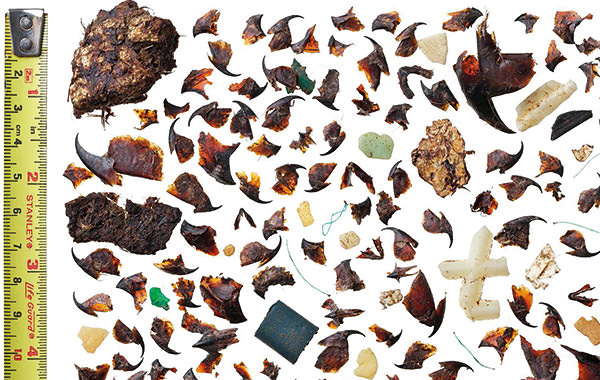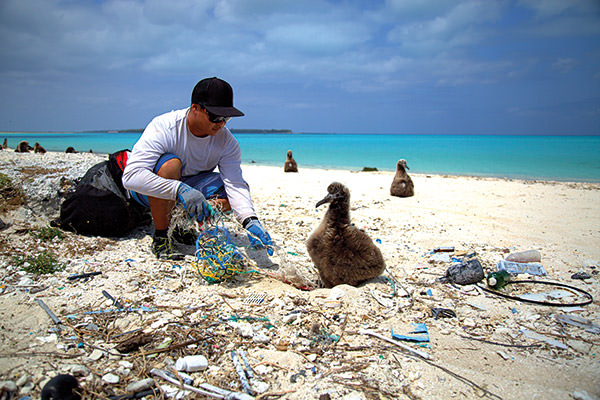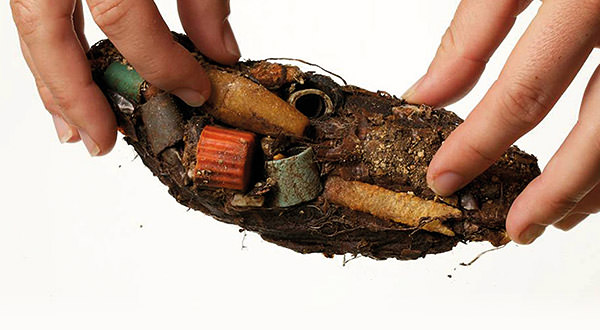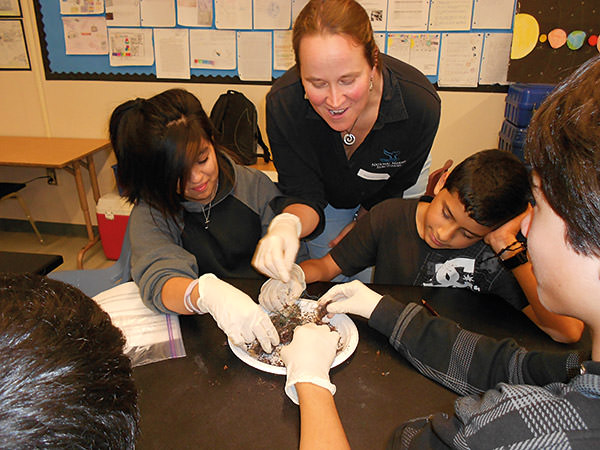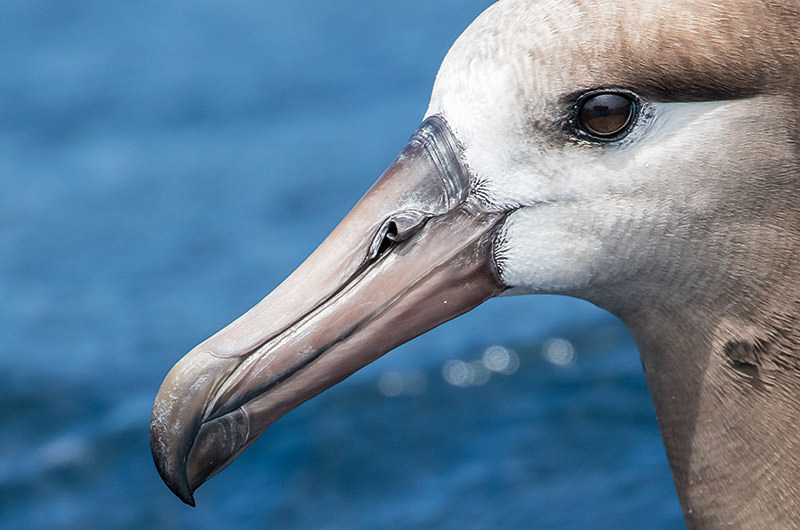Winged Ambassadors
What connects California and Hawaiʻi? Seabirds! Some species of albatross travel between the food rich-waters of Cordell Bank National Marine Sanctuary and the perfect breeding climate of Papahānaumokuākea Marine National Monument. As they traverse vast oceanic regions searching for floating food, many albatrosses ingest plastic trash, which can harm or even kill them. The Winged Ambassadors: Ocean Literacy through the Eyes of Albatross curriculum teaches students to use real data to track albatross travels and to identify human-caused threats such as ocean plastic pollution, and how to reduce these threats. This curriculum was created in partnership with Cordell Bank National Marine Sanctuary, Papahānaumokuākea Marine National Monument, and Oikonos Ecosystem Knowledge.
